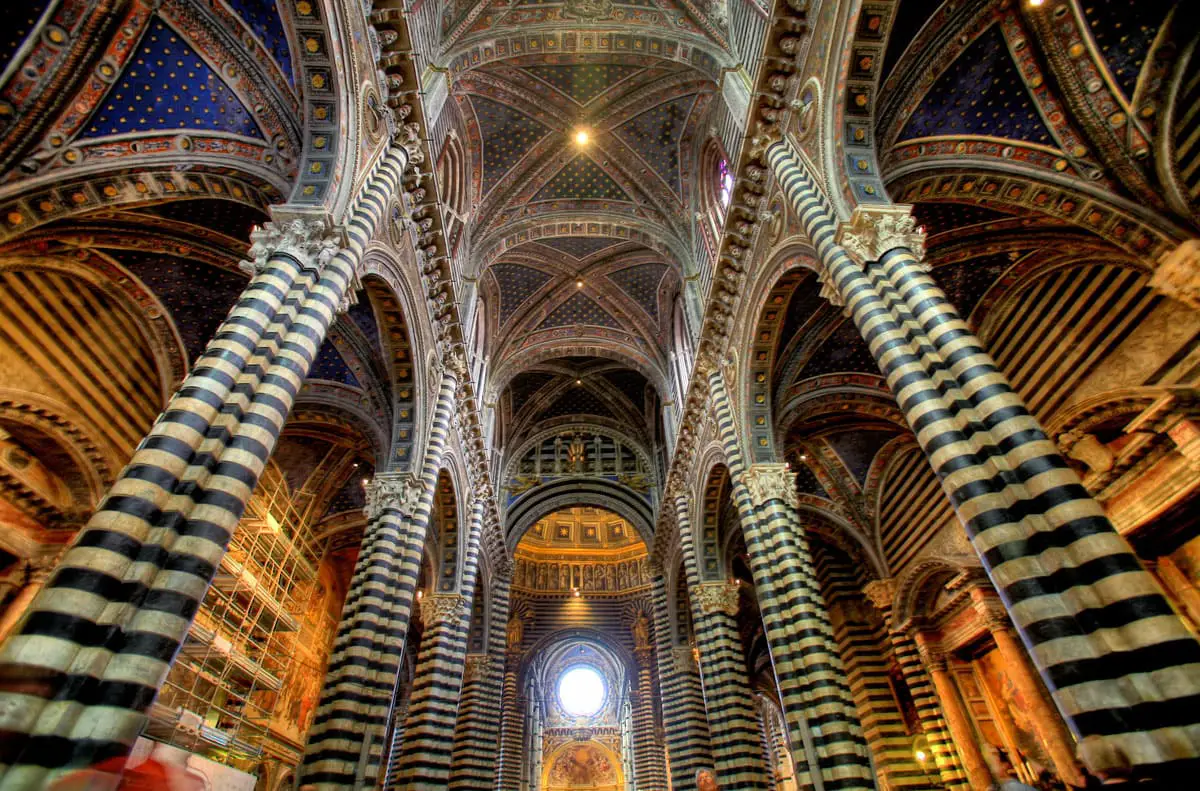World 🢖 Europe 🢖 Italy 🢖 Veneto
Churches 🢔 Religious architecture 🢔 Architectural wonders 🢔 Categories of wonders
Wonder
Basilica of Saint Anthony of Padua
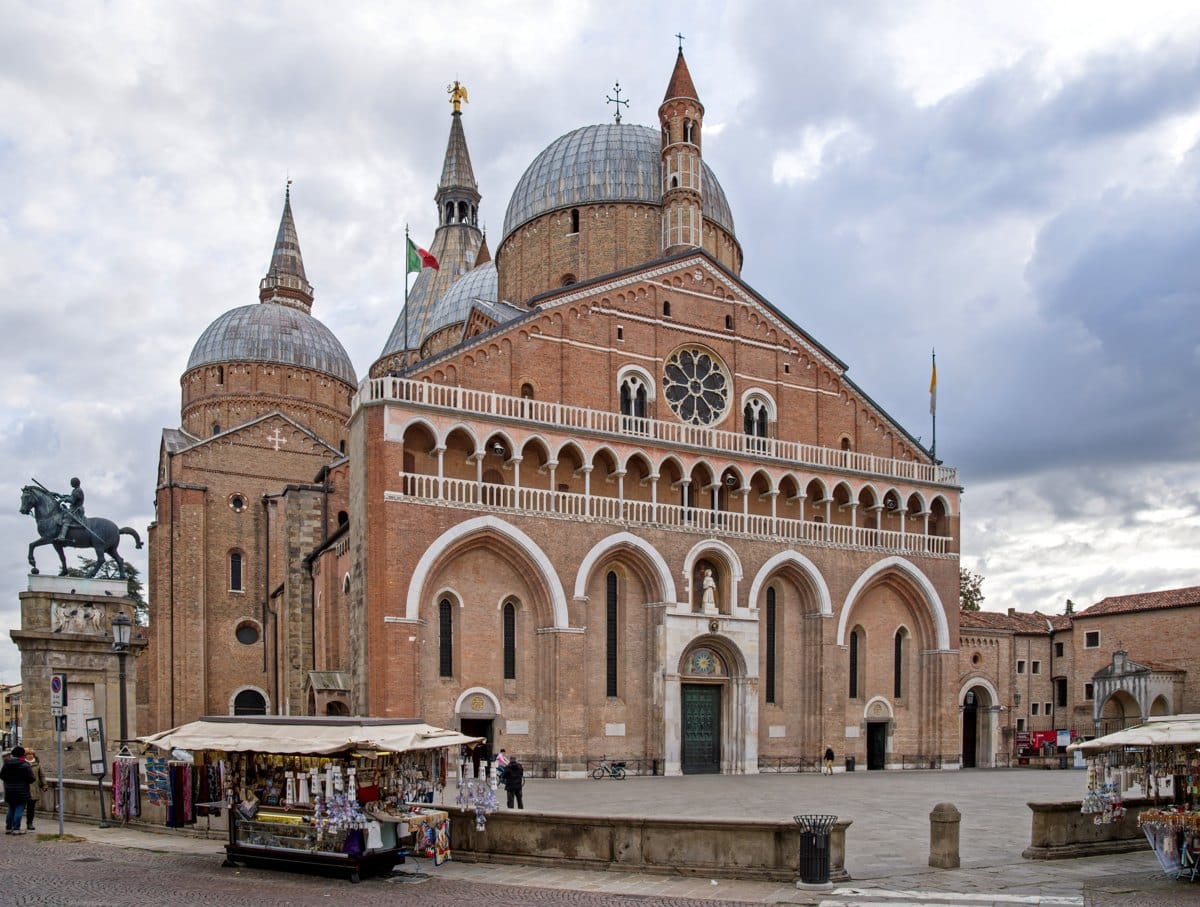
 In short
In short
One of the largest churches and definitely – one of the most interesting ones in Italy is Basilica of Saint Anthony of Padua. Every year some 5 million pilgrims come here – to pray about finding things that are lost and were dear to them as well as ask for a pardon for their loved ones.
 48.8%
48.8%
GPS coordinates
Full name
Alternate names
Name in Italian
Architectural style
Height
Year of construction
Branch of Christianity
Map of the site
If you see this after your page is loaded completely, leafletJS files are missing.
 In detail
In detail
History
Saint Anthony
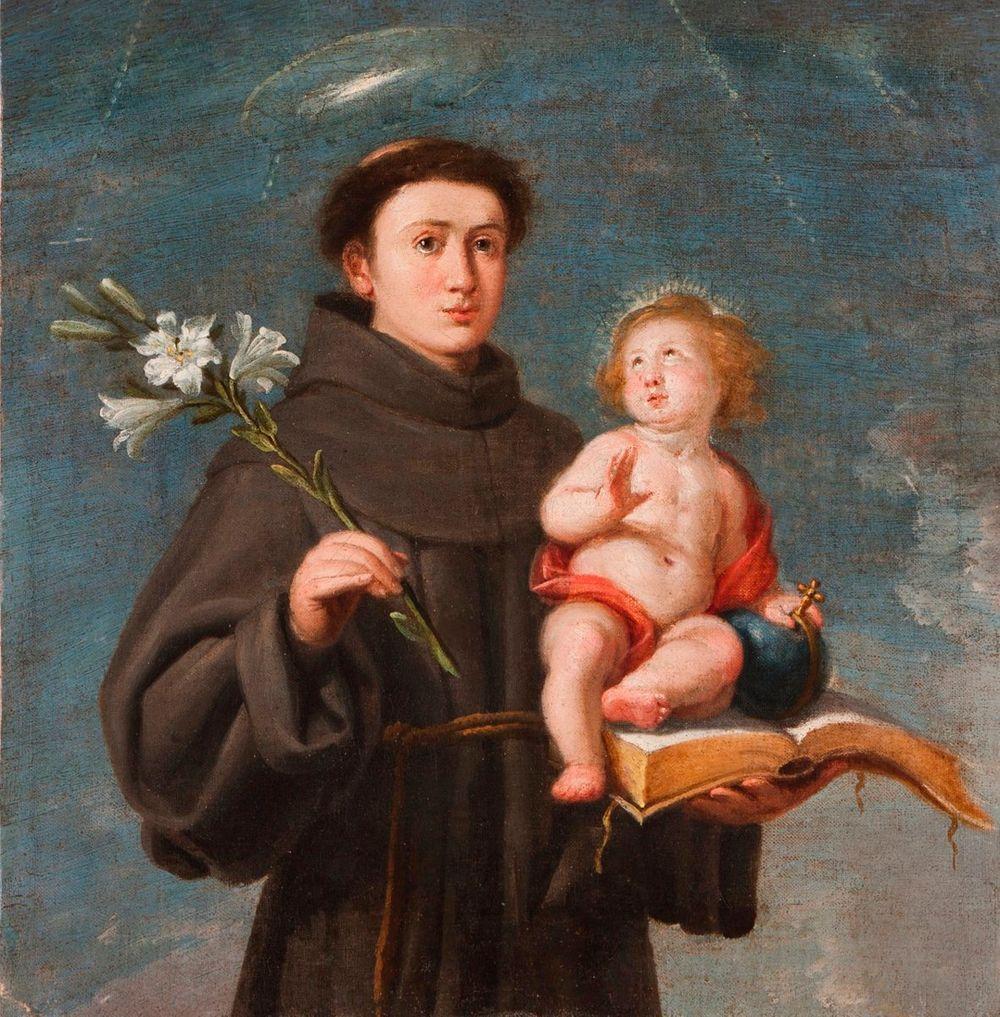
Saint Anthony of Padua (1195 – 1231) was a Portuguese priest, a passionate and merciful man, a disciple of Saint Francis of Assisi. He traveled through present-day France and Italy and his sermons were captivating and attracted many people.
Saint Anthony arrived in Padua in 1226 and founded a convent there in 1229.
An unexpected tragedy happened in 1231 when he, a young, talented, and promising man became ill and died due to food poisoning with fungus. There are legends about the lament in Padua when people learned about his death.
Saint Anthony was canonized less than one year after his death – unusual speed for the Catholic church. Now he is recognized as a patron of lost things. He was exhumed in 1263 – his body was decomposed but there was a miracle – the tongue of the saint was incorrupt as if celebrating the extraordinary oratory skills of Saint Anthony.
Every year on June 13th in the streets of Padua takes place the Procession of the Relics.
The construction of a giant church
Saint Anthony, according to his will, was buried in the small church of Santa Maria Mater Domini which was built in the late 12th century. This was a will of a modest man.
The church took into account his will but did not follow his spirit of humility. Soon after his death in 1232 there was started construction of one of the largest church buildings in the world. The ancient church was incorporated in the new building and now forms one of its chapels – Chapel of the Dark Madonna.
The giant structure was completed in 1310, although there have been multiple extensions and rebuildings in later times, for the most part at the end of the 14th century – middle of the 15th century.
Design
Exterior
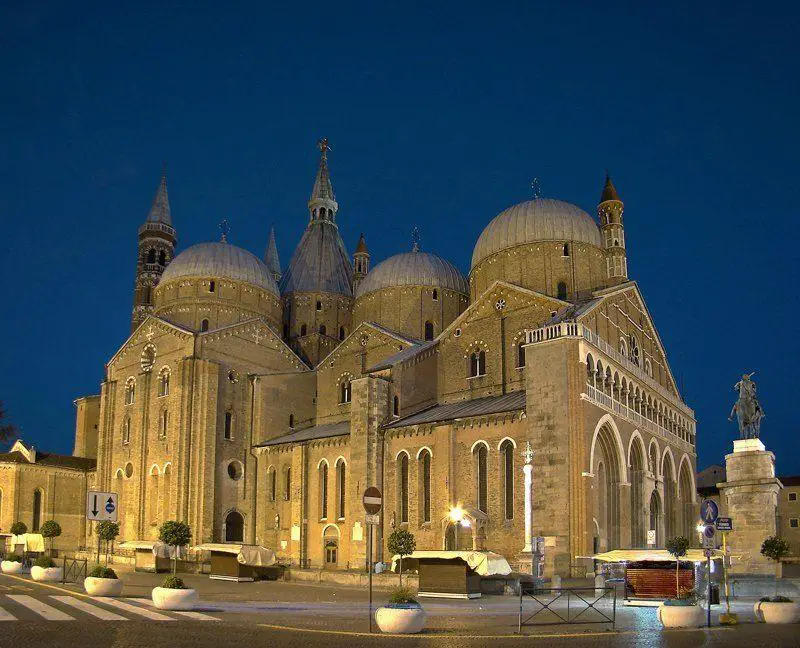
The most impressive view of the cathedral opens from the northwest. To the surprised visitor opens a view of a tall and even somewhat chaotic structure with a multitude of diverse, seemingly incompatible details.
The structure represents a mix of Byzantine and Romanesque styles with some influence of the Gothic style. The church has an enormous, Romanesque central hall with side aisles. Above the hall rise eight Byzantine domes similar to the domes in Saint Mark’s Basilica in the nearby Venice.
The brick facade also has features of two styles – the central section and its side extensions are in Romanesque style and in front of it arcaded balcony and four large recesses in Gothic style.
As if this is not enough, Basilica has two tall and several smaller towers which somewhat resemble minarets.
To the north-west, in front of Basilica stands also an outstanding monument – the famous condottiero (military leader) Gattamelata on a horse, shaped by Donatello.
Interior
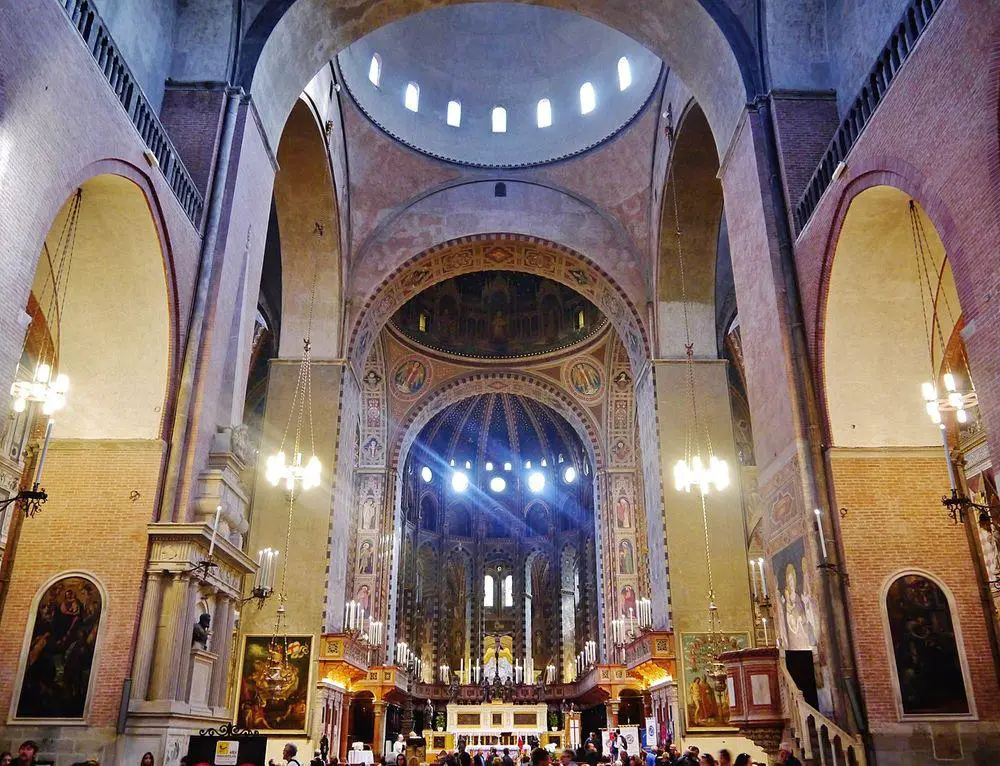
Basilica has many outstanding art values, including sculptures by Donatello and fresco by Giotto. Here are several important images of Madonna, weird and somewhat macabre relics are the chin and tongue of St. Anthony in the main hall of Basilica.
There are several chapels:
- Chapel of Saint Anthony contains the body of Saint Anthony in a tomb called Arca;
- Treasury Chapel is shaped in Baroque style and contains the relics of the saint;
- The Chapel of the Blessed Sacrament houses the tomb of Gattamelata and his son Giannantonio;
- Especially wonderful is the Chapel of St.James, which was shaped in Gothic style in the 1370ies. It is adorned with frescoes by Altichiero da Zevio, one of the great Gothic painters. Frescoes show the Stories of St.James, but the centerpiece – Crucifixion – is his masterpiece.
References
- Saint Anthony of Padua. Accessed in the 19th December 2018
- Webcamera
Basilica of Saint Anthony of Padua is included in the following list:
 Linked articles
Linked articles
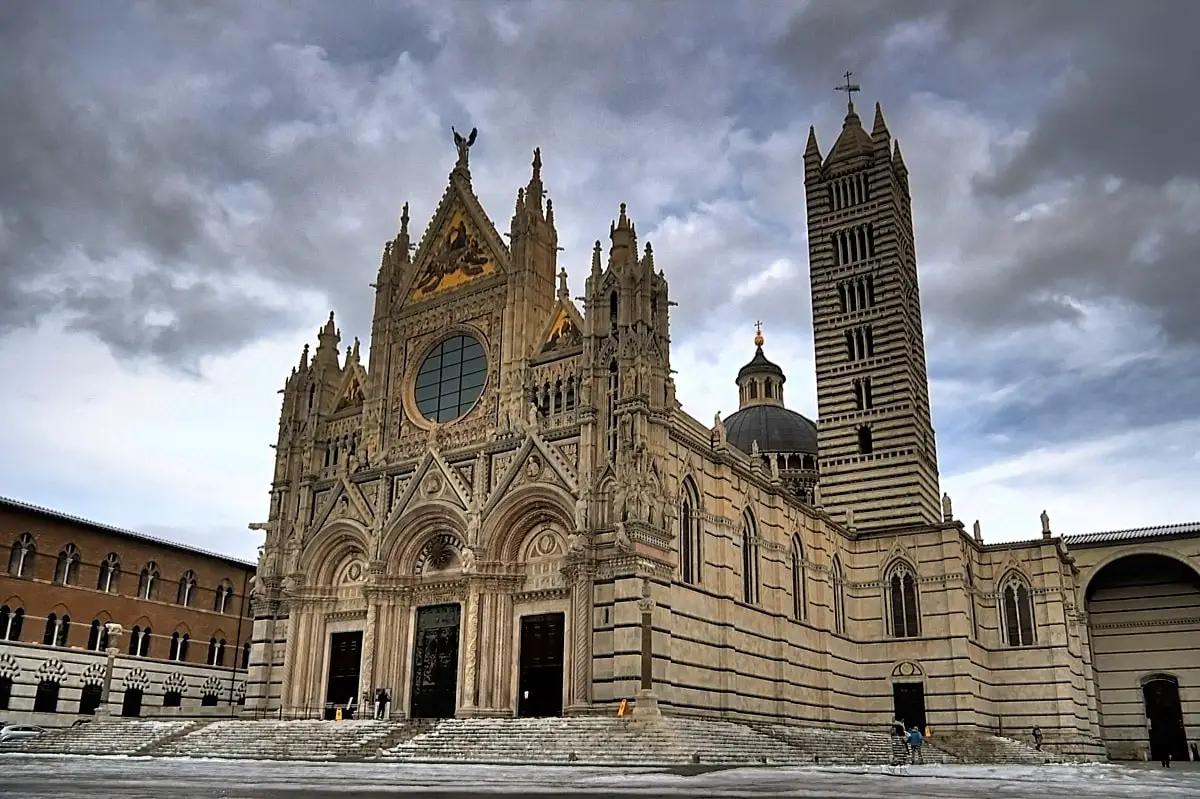
Top 10 most beautiful churches of Italy
This article lists the greatest churches of Italy: the best ones among the hundreds of very interesting buildings. Each of them has unusual and beautiful architecture, great works of art, and with an exciting history that sometimes is 2 thousand years long.

Wonders of Italy
Italy is one of the most popular destinations in the world due to its unsurpassed cultural heritage – this country has got some of the finest monuments of architecture and art in the world.
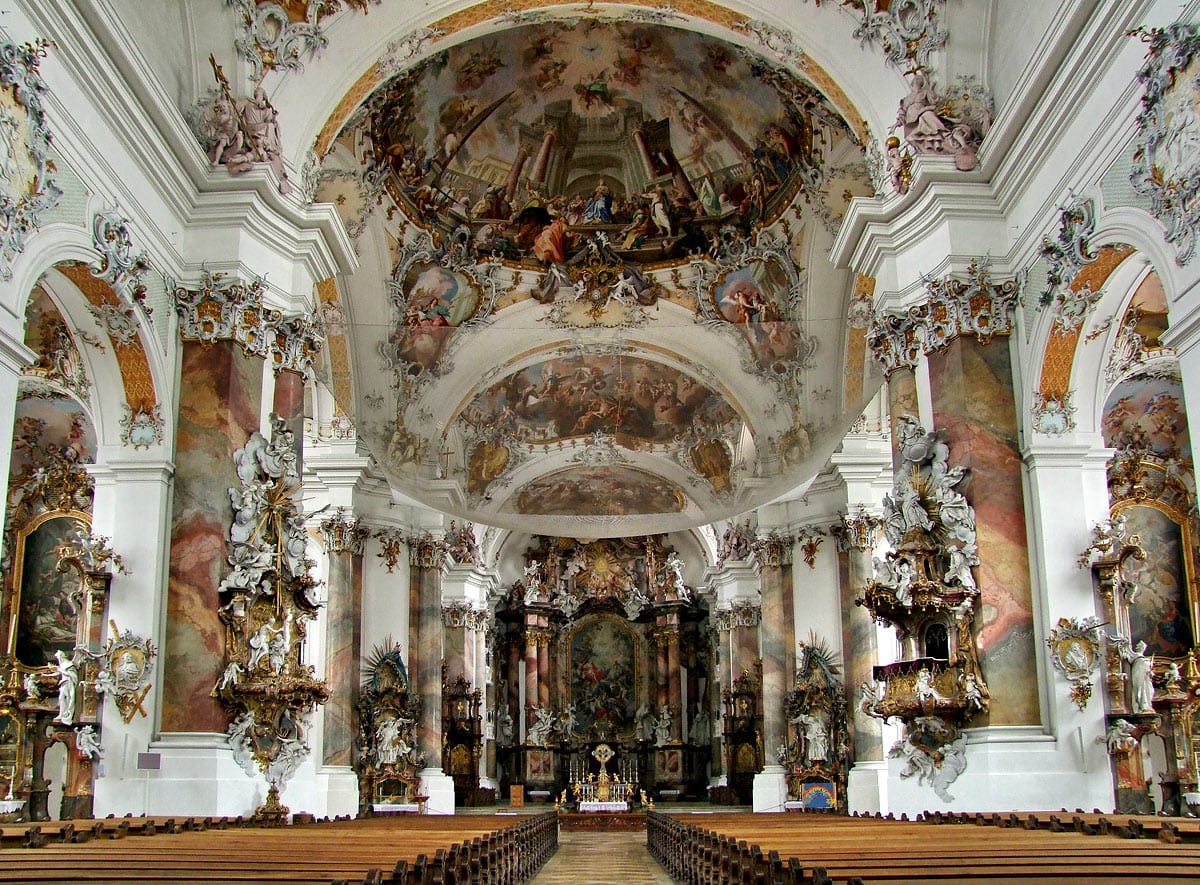
Churches
Throughout the millennia Christian churches have been the epitome of architecture and arts achievements in Western culture.
 Recommended books
Recommended books
The Life and Prayers of Saint Anthony of Padua
We hope that with this book, the reader might realize an invitation to call upon Anthony, not just to find lost things, but as a companion in a quest to find a renewed and challenged faith, hope, and love.
Giotto and his works in Padua
Giotto and his works in Padua-An Explanatory Notice of the Series of Woodcuts Executed for the Arundel Society After the Frescoes in the Arena Chapel is a classic Italian art study by John Ruskin. The following notice of Giotto has not been drawn up with any idea of attempting a history of his life. That history could only be written after a careful search through the libraries of Italy for all documents relating to the years during which he worked.

